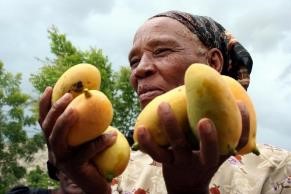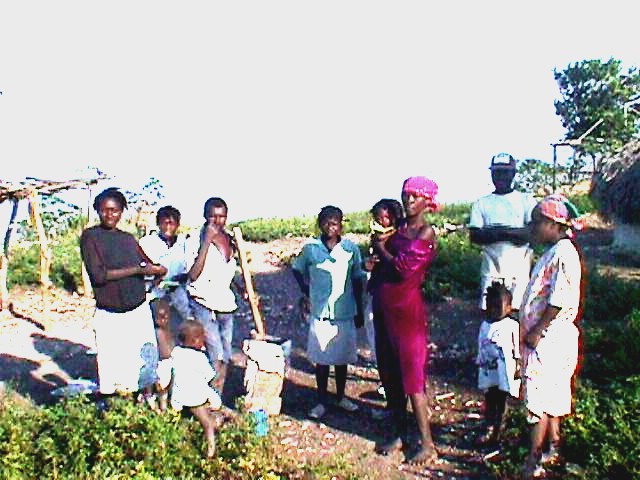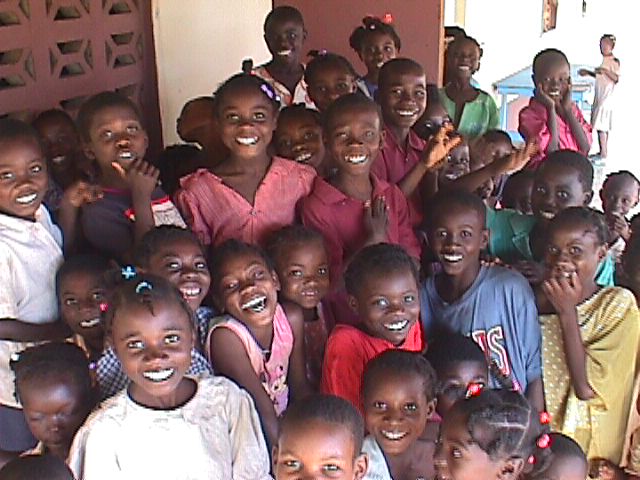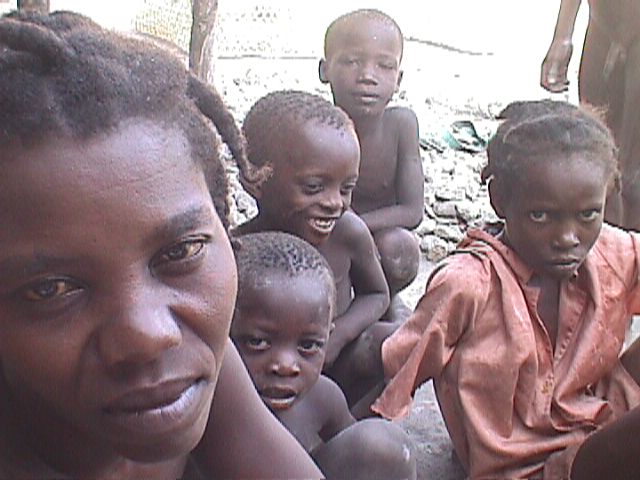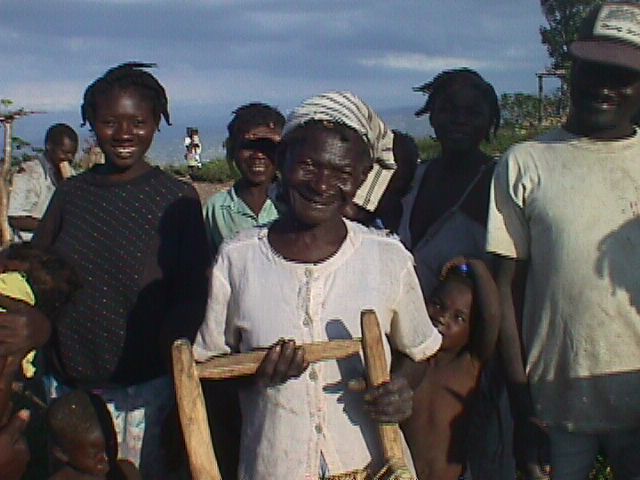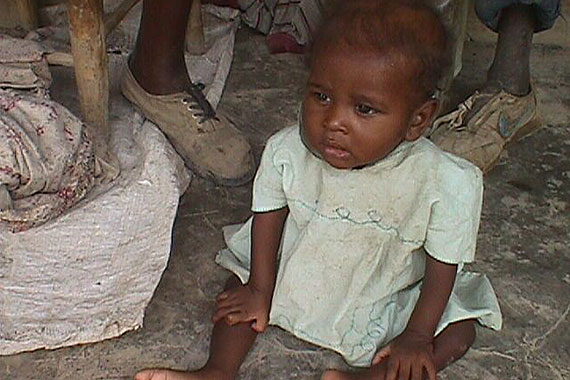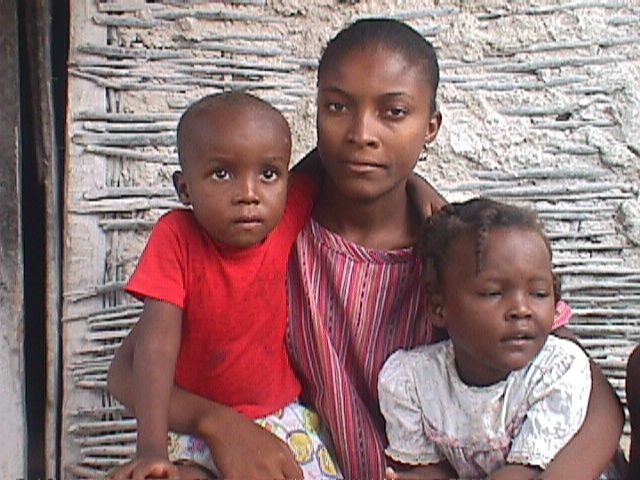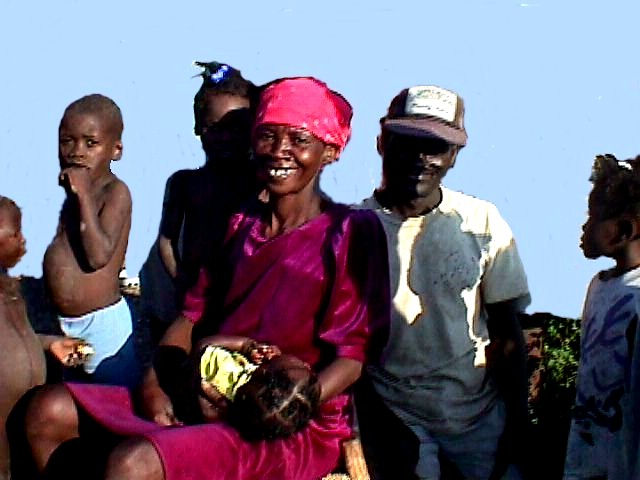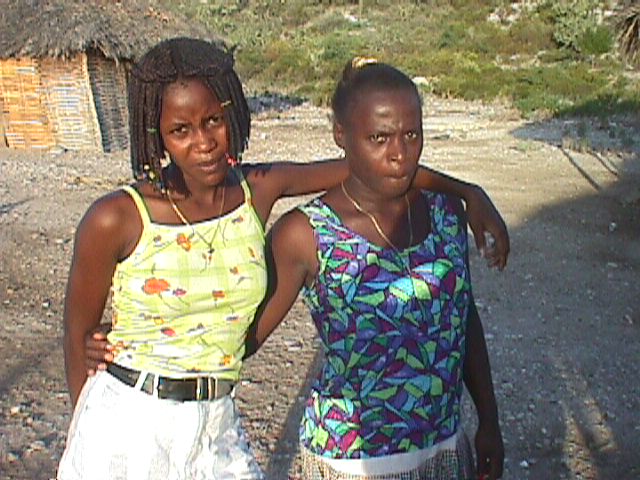Haiti Hope Gender Travesty
In this paper I take a look at how NGO use of “asosyasyson”–what might better be called cooperatives–have probably hurt the economic autonomy of rural Haitian women. Specifically I look at USAID/Coca Cola/IDB funded Haiti Hope Mango project. The project was implemented by TechnoServ. I don’t mention it here, but we’ve observed a similar phenomenonRead More
“Pronatal Sociocultural Fertility Complex” and “Sexual-Moral Economy”
Researchers working in Haiti have long noted that rural parents were extremely pronatal. Both men and women hoped to have large families with many children. Social scientists typically explained the trend with “love” and “prestige,” “absence of contraceptives,” and “tradition” (Herskovits 1937: 89); “the desire to live with reason, and to die with dignity” (Lowenthal 1987: 305);Read More
Explaining Caribbean Family Patterns
The anthropology of the Caribbean has been called “the battle ground for competing theories regarding family structure” (D’Amico-Samuels 1988: 785). Anthropologists were confounded by a distinct regional family structure, including late age at marriage, high rates of births to single women, matrifocality, child dispersal, de facto polygyny, serial monogamy, and severe beating of children. EarlyRead More
Fewer Men, More Babies: The Problem with the ‘Proximate and Intermediate Determinants of Fertility’ in the Caribbean
Here I want to show how Bongaarts and Potter’s (1983) “proximate and intermediate determinants of fertility” are inconsistent with ethnographic reality in the early and mid-20th century Caribbean. To do this I examine one of the great demographic mysteries of the Caribbean: the irony of increasing birth rates when fewer men were present, i.e., fewerRead More
The Missing Link in Understanding Caribbean Family Patterns: The Neglected Half of Chayanov’s Rule
The basis of my arguments in this article is that children are useful on the non-industrialized farm because they work. The point might at first seem trite and obvious, but in recent decades social scientists have so rigorously denied the economic utility of children in developing areas that the denial itself is fascinating. Moreover, IRead More
Polygyny in Haiti
Little has changed in the 36 years since Melvin Ember (1974) admonished social researchers for what he called androcentric (male-centered) assumptions. The consequence, Ember warned, is too often a false image of the degree to which societies are patriarchic. This is especially true for Haiti. Most scholars and activists present Haitian women as among theRead More
Vulnerability Targeting in Haiti Report (WFP & CNSA 2015)
This study was commissioned by CNSA with the financial and logistic support of WFP and FAO. The objective was to examine the processes that NGO and governmental agencies employ to select beneficiaries of social assistance programs in rural Haiti. The task responds to needs associated with current humanitarian aid and development programs such as: EdeRead More
Gender in Haiti: Short Note on Misrepresentation of Gender in Haiti
Beverly Bell, author of the acclaimed book, Walking on Fire (2001), and one of the most vigilant contributors to the gender struggle in Haiti, illustrates how many feminist activist-scholars have tended to obfuscate gender issues in Haiti when she writes, “Haitian women place at the absolute bottom in female-male life expectancy differential, incidence of teenRead More
Gender in Haiti: More on Gender in Haiti
This is a longer version of the blog “short note on gender in Haiti.” I’ve expanded it in part because I don’t think the other blog was fair to Beverly Bell. It appeared that I was singling her out and she is by no means the first or only writer-scholar to project a Western partriarchicalRead More
Explaining Gender in Haiti: Review of the Literature
This is a much expanded version of two shorter blogs, ‘A Short Note about Gender in Haiti‘ and ‘More on Gender in Haiti.’ It sums up the radical misunderstanding that seemingly all NGOs and journalists as well as many scholars have presented of gender in Haiti before and after the earthquake.
